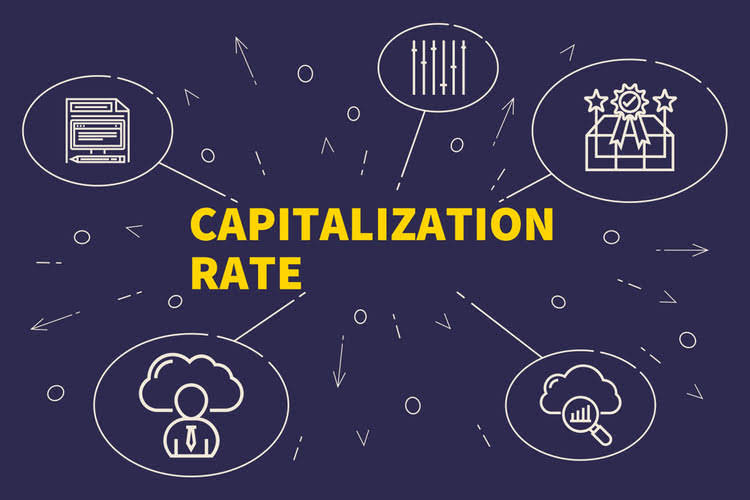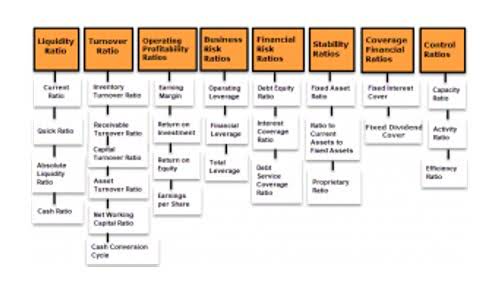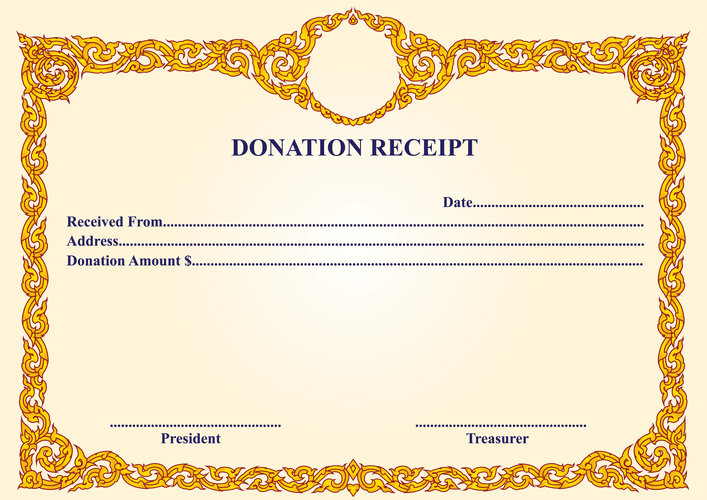
Payroll also refers to the entire process by which employers pay their employees. A calculation of a financial transaction where no precise value can be determined. Estimates are often made based on expert judgment, background knowledge, and historical data.
- Extraordinary items are presented on the income statement between discontinued operations and the cumulative effect of a change in accounting principle.
- Regulators also rely on accountants for critical functions such as providing auditors’ opinions on companies’ annual 10-K filings.
- Each taxpayer is allocated an initial base amount based on his or her filing status determining the credit.
- Yield is an important metric for investors in assessing the profitability and attractiveness of different investment opportunities.
- To determine the price the company needs to look back at the stock price for the last 30 days to determine what the exercise price should be.
Accrued Expenses

Record the initial money invested into the business to get it started and the contributions made later. It not only reflects cash but also includes the value of equipment, accounting definition in business vehicles even buildings. If the business has partners, each partner should have his/her own named capital account. Interestingly, sales tax is neither income or expense but it is considered a liability. Sales tax is used when both the customer and the goods or services you’re selling are taxable. Occasionally, the customer and/or the goods or services aren’t taxable.
Average-Cost Method
Yearly, the employer puts the estimated amount into investments. Under this plan, the employer guarantees the employee will receive a specified amount upon retirement. The amount is not dependent on the investments performance like it is with defined contribution plans.

Merchandise Inventory
The Statement of Cash Flows is a financial statement that provides information about a company’s cash inflows and outflows during a specific period. It categorizes cash flows into operating, investing, and financing activities, offering insights into the sources and uses of cash. The statement of cash flows complements the income statement and balance sheet in assessing a company’s financial performance.
Working Capital
Accountants have many responsibilities, including reviewing financial information, analyzing financial records, and creating financial projections. In addition, accountants generate financial statements such as balance sheets, income statements, and cash flow statements. The accrual basis of accounting is a method where revenues and expenses are recognized when they are earned or incurred, regardless of when the cash is received or paid. This method aims to more accurately reflect a company’s financial performance during a specific period. The Matching principle requires that expenses be https://www.bookstime.com/ reported in the same accounting period as the revenues they helped generate. This principle ensures that financial statements accurately reflect a company’s profitability and performance over a specific period.
Limited liability company (LLC)

A company may seek to influence another company’s policy by purchasing a large quantity of long-term investments in the form of equity in that company. The Financial Accounting Standards Board (FASB) has created guidelines to define this type of control sought by an investing company. In ratio analysis, it is important to use a variety of ratios to make an accurate determination.
Federal Reserve System
Seasonality occurs when the data experiences regular and predictable changes every calendar year. In some companies, particular quarters typically do better financially than others. In this case, seasonality must be noted on the quarterly financial statement as to alert the shareholder that sales are not level throughout the year. In addition, it is important to keep a payroll ledger for each employee that lists the details of each employee’s paycheck at the end of each pay period.

The results of all financial transactions that occur during an accounting period are summarized in the balance sheet, income statement, and cash flow statement. The financial statements of most companies are audited annually by an CARES Act external CPA firm. Accounting is the process of tracking and recording a business’s financial transactions. Accounting basics include understanding assets, liabilities, equity, revenues, and expenses, as well as relevant financial statements and accounting principles. Consolidated financial statements are the combined financial statements of the parent company and its subsidiaries.

You have your daycare set up and open for business, now how do you get families in the door? As with any small business, you’ll need to market yourself to attract potential clients. accounting for daycare business When you’re first getting started, you may just be a company of one, as you might want to save the cost of hiring unnecessary help.
- You could incorporate it as a standard C-corporation or S-corporation.
- Daycare bookkeeping can feel overwhelming, juggling multiple revenue streams, grants and funding, and complex expense tracking.
- This will help you identify any clerical errors that might’ve been made during bookkeeping.
- Traditionally, many child care businesses have relied heavily on paper-based systems or standard spreadsheets to manage billing and accounting tasks.
- Investing in ongoing staff training and professional development can lead to a more efficient and highly skilled team, which, in turn, benefits the quality of care you provide.
- Regardless, your childcare program can’t reach the peak of its success without it.
Understand Tax Planning
These solutions often integrate with accounting software, enabling seamless data transfers and real-time tracking of budget performance. Additionally, many budgeting tools offer advanced features such as scenario analysis, forecasting, and reporting capabilities, empowering daycare owners to make informed financial decisions. This robust child care management software has a host of additional capabilities that are essential for child care centers, before and after school programs and youth organizations. In addition to center management, Procare features family engagement, classroom management, tuition payment processing as well as essential integrations with many third-party providers in the child care market.
Transition to Digital Software
This will help you identify any clerical errors that might’ve been made during bookkeeping. When checking your transactions, check your monthly account balance, calculate your revenue and expenses, and look for mistakes between your receipts and bank statements. Accounting is a high-level process that can help you make business decisions. Alternatively, bookkeeping is a day-to-day process that gives you a more targeted look into your finances and ultimately affects how your daycare can manage its accounting. Single-entry bookkeeping is often used for tracking cash, taxable income, and tax-deductible expenses. In contrast, double-entry bookkeeping is preferred for managing liabilities, assets, expenses, and revenue.

Why Child Care Centers Need Accounting and Bookkeeping Software
Partnering with South Jersey small business accountants or tax advisors familiar with childcare regulations can ensure your daycare center remains compliant. They can guide you through the intricacies of tax filing, reporting requirements, and any specific regulations applicable to your location. While daycare accounting software offers tremendous benefits, navigating daycare-specific bookkeeping complexities can still be challenging. Partnering with experienced South Jersey small business accountants familiar with the childcare industry can provide invaluable support.

How to Manage Finances in Your Daycare: A Comprehensive Guide
Even if you operate as a sole proprietorship, having a separate business account is highly advisable. Limited liability companies (LLCs), partnerships, and corporations are legally required to maintain separate business accounts. This separation simplifies financial tracking and reduces the risk of IRS audit triggers. Effective and accurate expense tracking is at the foundation of your small business bookkeeping. By using Expense tracking, you can keep track of daycare business tax-deductible expenses, create accurate financial reports, monitor the growth of your business, and make smarter financial decisions. Most have a return that is too complex or time consuming to do themselves, but some just want the peace-of-mind knowing a tax accountant is handling it for them.
By consistently recording expenses and revenue, you’ll stay on budget, catch discrepancies, and maximize tax deductions. Accurate expense tracking is crucial for maintaining a healthy https://www.bookstime.com/ daycare business. It helps you understand your cash flow, prevents overspending, and enables you to identify areas where cost savings are possible. Common tax deductions for daycare businesses include employee wages, bank fees, advertising costs, supply expenses, furniture and equipment purchases, and meal expenses. Maintaining meticulous financial records is a foundational practice for successfully managing finances in your daycare. Utilize daycare accounting software or enlist the services of an accountant to keep track of your income and expenses.

Make your hiring decisions carefully to keep your facility safe and maintain a stellar reputation. If you’re opening an in-home daycare, you may be eligible for certain tax reductions based on the fact that you’re https://www.facebook.com/BooksTimeInc/ using your residence for business purposes. This means you can essentially write off a portion of your housing cost. This can be the case even if your daycare space serves as a family room after hours. Once you have a location secured and the proper materials and equipment in place, it’s time to prepare your daycare center.
How to Create a Child Care Center Budget Plan

For flexibility and ease of use, a payment at check-in feature is invaluable. Parents can reconcile their bills on the spot, providing immediate payments to you. A recent Census Bureau report found that the number of children living only with their mothers has doubled in the last 50 years. It also found that the number of children living with their father only, although still small, more than quadrupled in that timeframe. Cash method is more immediate recognition of Income & expense while actual method is anticipated Income and expense. Manual methods of financial record keeping can be time-consuming, and they make simple mistakes harder to avoid and easier to miss.
- Combining these, if you are paying $7000/mo for a lease, that is $84,000 you are expensing each year.
- Audit Readiness and Compliance- Daycare facilities may be subject to audits by regulatory bodies or third-party organizations to ensure compliance with financial reporting standards and industry regulations.
- Coworking spaces like WeWork provide open desk rentals starting at around $300 monthly.
- Expect fees of around $100 monthly for bookkeeping and $500 for annual tax prep.
- Since bookkeeping is a practice dating back to the 15th century, until recent years bookkeepers have used physical books to keep track of financial transactions.
- They can offer expertise in financial management, assist with tax obligations, and provide valuable insights and advice.
- Keep your sales tax ID handy for collecting tax on goods sold or filing periodic tax returns for your daycare business.
Choose an accounting system or software that suits the needs of your daycare business. This will help you streamline financial processes, track income and expenses, generate reports, and ensure accuracy in your financial records. Regularly input and update financial data to maintain an up-to-date overview of your daycare’s financial health. The software provides robust reporting tools that allow daycare owners and accountants to generate detailed financial reports.